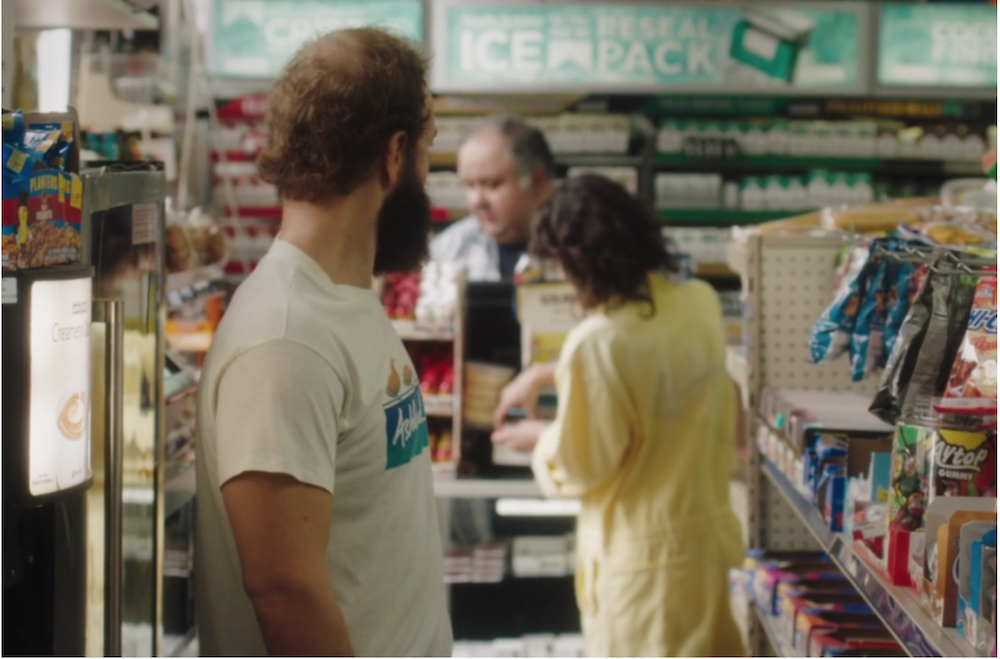Some thoughts on dressing for battle

Eva Hagberg Fisher’s piece on the nuances of dressing for the public scrutiny of fighting sexual harassment has really stuck with me.
Over the last year and a half, I have needed a lot of outfits. I have also needed to be consistent. I have needed to be ready, at every moment, to be seen as both a poverty-stricken graduate student and a reliable adult. As an accuser, I need to be a news-team-ready correspondent and someone who certainly wasn’t doing this for the limelight. I didn’t know any of this when I started. I learned this all on the full-time job that is being an objector to sexual harassment in America.
She’d made an 11-page report about the sexual harassment she’d endured from her graduate school advisor.
But at the time, I just wanted to be credible. Strong. I didn’t want to look like what I imagined a victim looks like. I didn’t want to look so downtrodden that I would look obsessed with being a victim, as it was suggested. I didn’t want to look so feminine and girlish that I wouldn’t be taken seriously; I’d seen the way young-looking women are treated. And yet, I didn’t want to look too aggressive, too much like a “rabble-rouser” with an “agenda.” Of course I had been cautioned about that.
Her writing is clear and wise here. (If you want to read more, she released a memoir on a completely different topic this winter.)
Brooklyn Based noted recently that, in spring fashion trends, we’ve gone back to our Rosie the Riveter roots. Instead of replacing men in the workplace during wartime, the war we’re fighting is now for fair treatment, opportunities for advancement, and equal pay.
The jumpsuit that’s now so on trend should not be confused with the romper or those silky one-pieces that look fragile, dressy and flattering. These are mechanic coveralls, reminiscent of “Rosie the Riveter” and all the World War II ladies who worked in factories. Yet the origins of jumpsuits for women are strictly fashion. “Elsa Schiaparelli was the first Paris couturier to design jumpsuits; she was known for hanging with the Surrealists and designing with their inspiration,” says Lisa Santandrea, adjunct professor of Fashion History at Parsons. “The Met has a one-piece sleeveless Schiaparelli jumpsuit from 1930—but later in the 1930s, she designed a more work-a-day design with long sleeves and, importantly, pockets. Pockets mean no purses, and that’s more freedom.”
But really, it’s all about how closely aligned you are to power. If you’re part of it rather than fighting against it, you have more options. When you’ve proven yourself, you don’t have to try as hard. And age is a factor. Former White House Deputy Chief of Staff Alyssa Mastromonaco (who happens to have a new book of essays out now)
touched on this in a recent interview with ITG.
When I was an intern in ‘96, if you were a woman who wanted to be on the House floor, you had to wear a skirt and pantyhose. I really felt I had to act a very specific way. Entering the White House with Obama, he was like, ‘I don’t care what you’re wearing, you’re getting the job done.’ When we were dealing with crazy things, if I came in in corduroy pants and a puffy vest, POTUS never said a word. The more that I could actually be myself, the more successful I was, because I wasn’t putting up a façade. I think that we have come a long way, but women are still judged for what they wear. But it’s a double-edged sword—my style’s my style, and I don’t want to not have style so people don’t talk about me.
While working last year in a leadership position in an office where I was ten to fifteen years older than most of the team, I rotated between a Rachel Comey denim jumpsuit and a vintage white Gitano romper. When I joined the company, there were jokes about me as a mom figure (which mostly came from the male boss, of course). Who has time to put together an outfit when you’re busy getting stuff done and trying to assert authority? A jumpsuit is essentially a less feminine dress, just as comfortable, but with pockets. The millennial women in the office often complimented my outfits; one man remarked that I looked like a mechanic. But it’s not about the male gaze, is it?





Stay Connected